Past Exhibits

Choices of Consequence: Denmark and the Holocaust
February 14 – May 25, 2025
During WWII countries, policies, and populations across Europe were complicit in aiding the Nazis’ ‘Final Solution’ plan for ridding the continent of Jews. While the world was aware of the Jewish plight, refusals to expand immigration quotas and antisemitism severely limited the options and odds of escape and survival. Denmark’s response served as an exception. The events and actions that saved roughly 95% of Danish Jewry will be brought to light through artifacts, personal accounts, and an anchoring photographic series, Resistance and Rescue.
LEARN MORE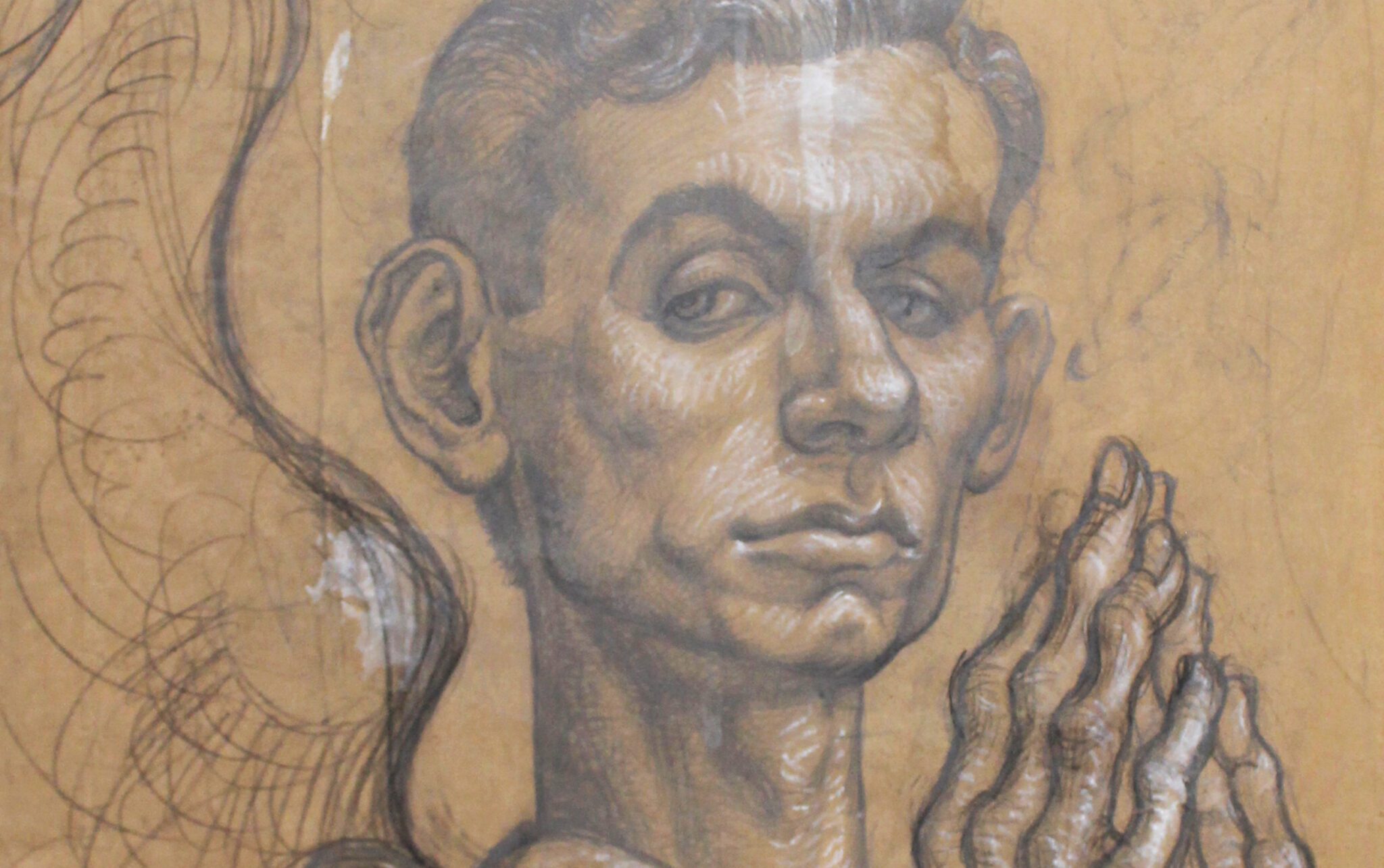
Against the Grain: The Remarkable Life of Artist Bernard Perlin
September 27, 2024 – January 26, 2025
Bernard Perlin was a minority, outsider, gay man, and pursuer of truth, beauty, and justice. This exhibit celebrates and brings deserved visibility to an individual who lived passionately and unapologetically against the grain. Born to Russian Jewish immigrants in 1918, artist-activist Perlin was a talented painter, illustrator, war artist-correspondent, and photographer, who tackled stylistic genres, the horrors of WWII, issues of social justice, and homosexuality with conviction and bravery.
LEARN MORE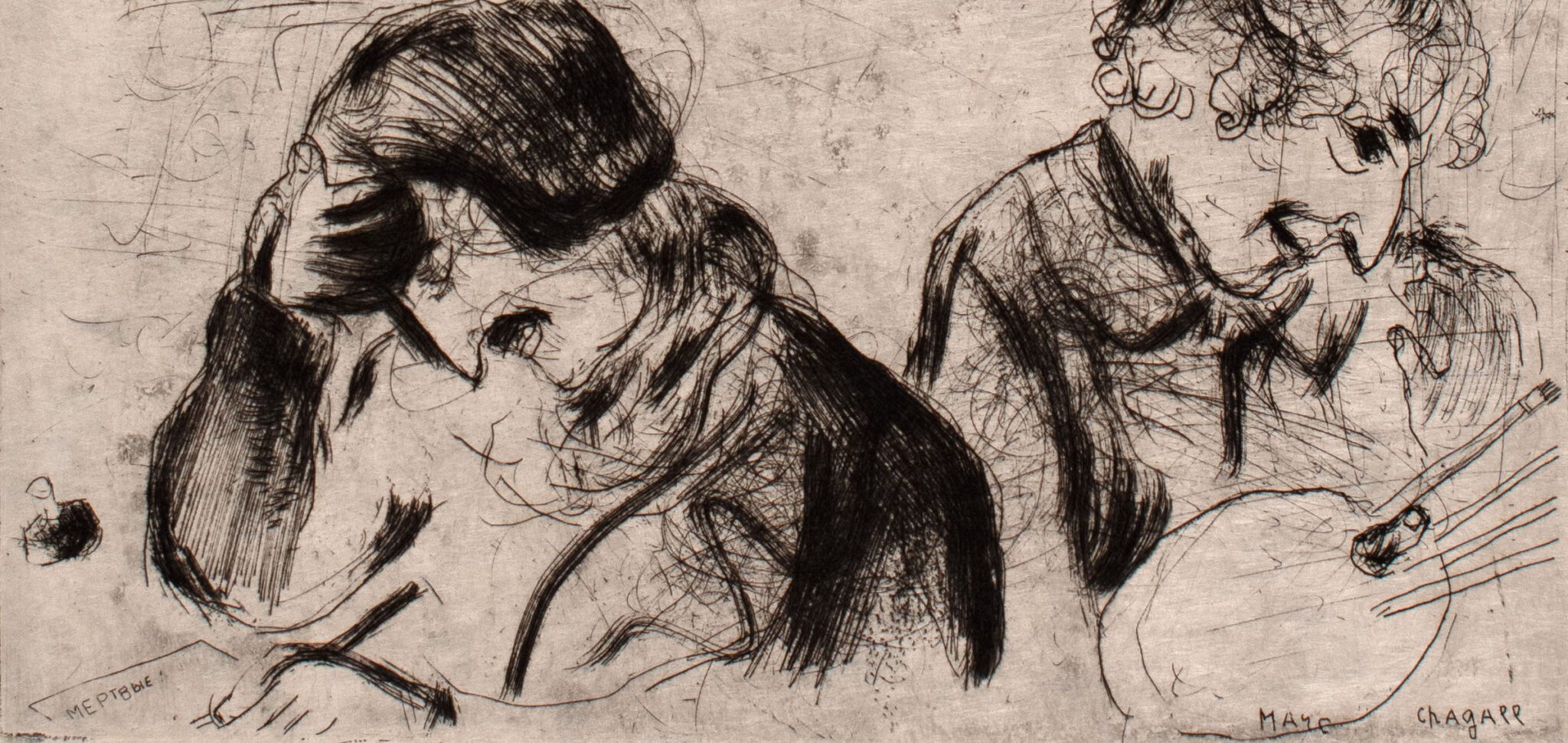
Chagall’s Dead Souls: A Satirical Account of Imperialist Russia
June 7 - Sept 8, 2024
When the satirical words of Russia-based, Ukrainian playwright and novelist Nikolai Gogol, and the surrealist, folkloric imagery of France-based Belarusian artist Marc Chagall met on the pages of an illustrated version of the former’s celebrated book, ‘Dead Souls’, the magical pairing was undeniable. The tragedy and humor of existence in 19th-century Imperialist Russia are embodied by the despicable, colorful protagonist of Gogol’s tale, aptly rendered and brought to life by Chagall’s caricature-like etchings. Rarely seen together, all 96 etchings will be exhibited.
LEARN MORE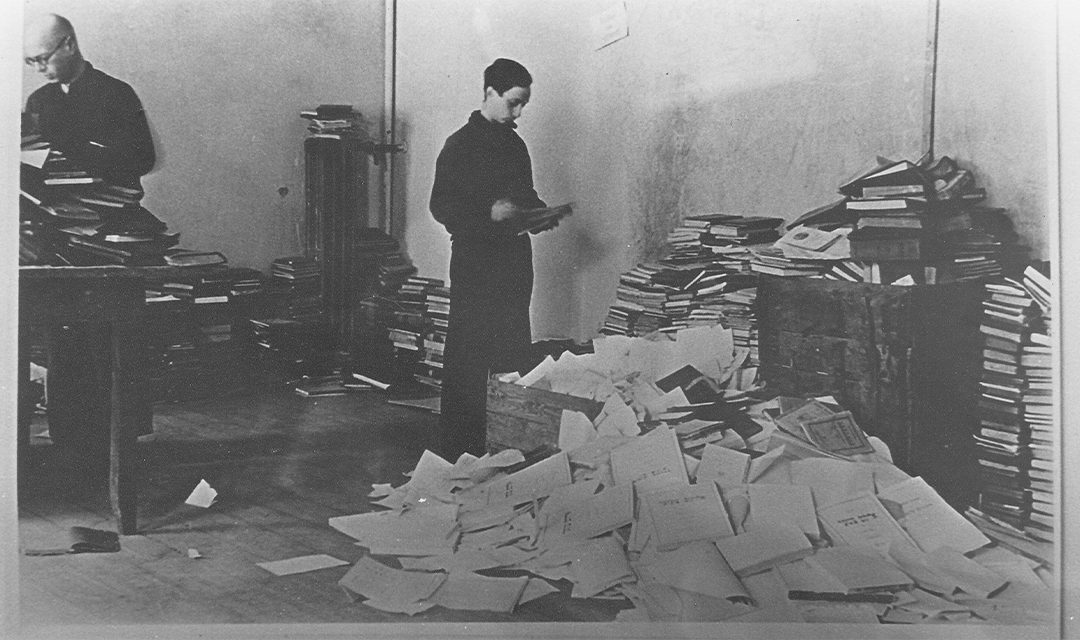
The Book Smugglers: Partisans, Poets and the Race to Save Jewish Treasures from the Nazis
January 19 – May 19, 2024
Would you risk your life to save a book? The Paper Brigade of Vilna was a dedicated group of Jewish heroes whose goal was to rescue Vilna's Jewish culture for future generations. A true story of bravery and resistance to inhumanity and persecution. This exhibit documents the nearly unbelievable true story of ghetto residents who, through brave acts of resistance, powerful friendships, and devotion to literature, rescued thousands of rare books and manuscripts - first from the Nazis, then from the Soviets - by hiding them, burying them and smuggling them into the Vilna Ghetto, and later, across borders.
LEARN MORE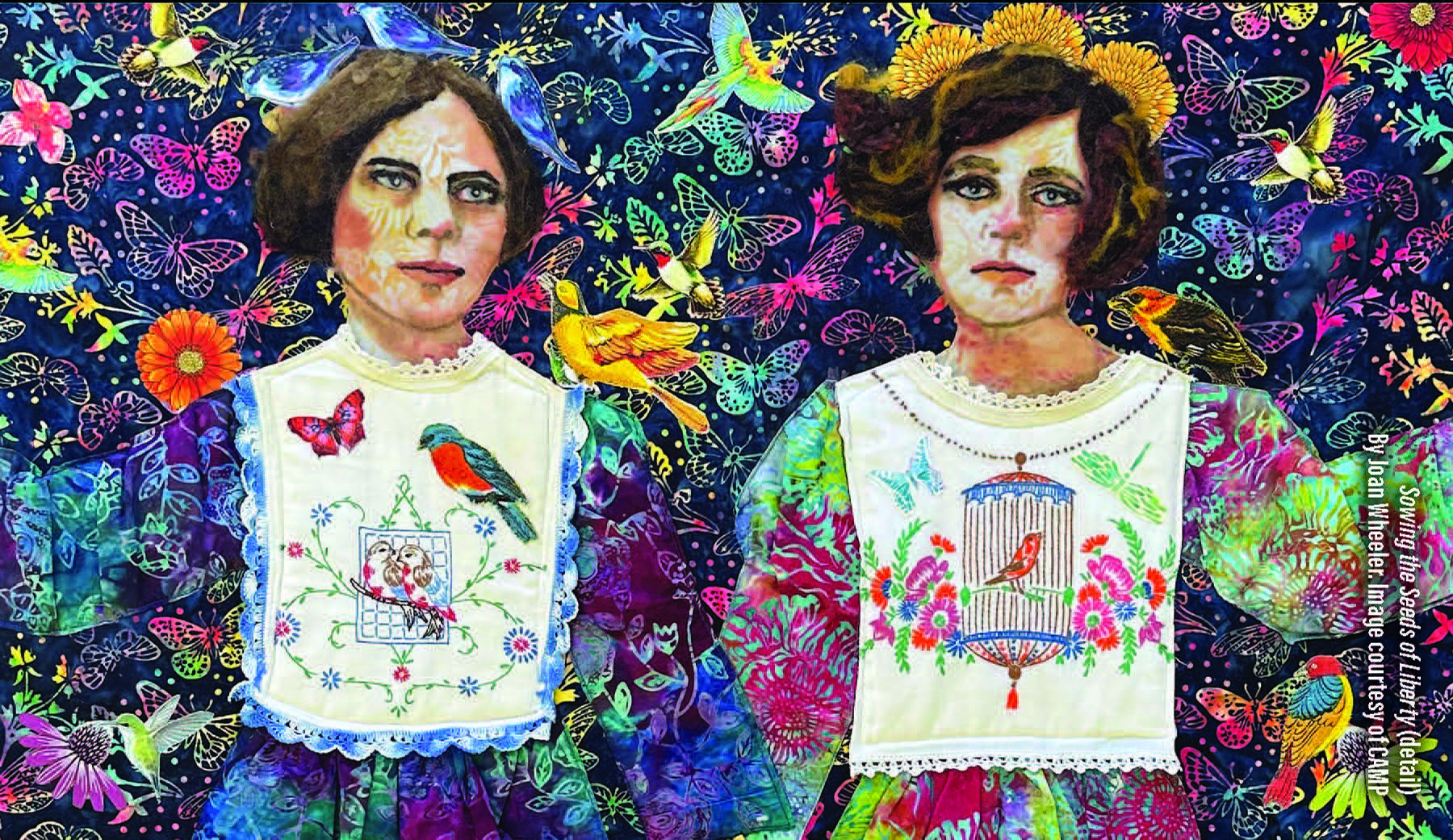
Women Pulling at the Threads of Social Discourse
September 8, 2023 - December 31, 2023
Explore how female artists, using textiles as their medium, subvert the social expectations of crafting by lambasting this soft medium with social and political awareness. A powerful vehicle for fostering discussion, this exhibit centers female voices as they reflect on subjects like the right to vote, reproductive rights, and the intersection of femininity, race, history and feminist socio-politics.
LEARN MORE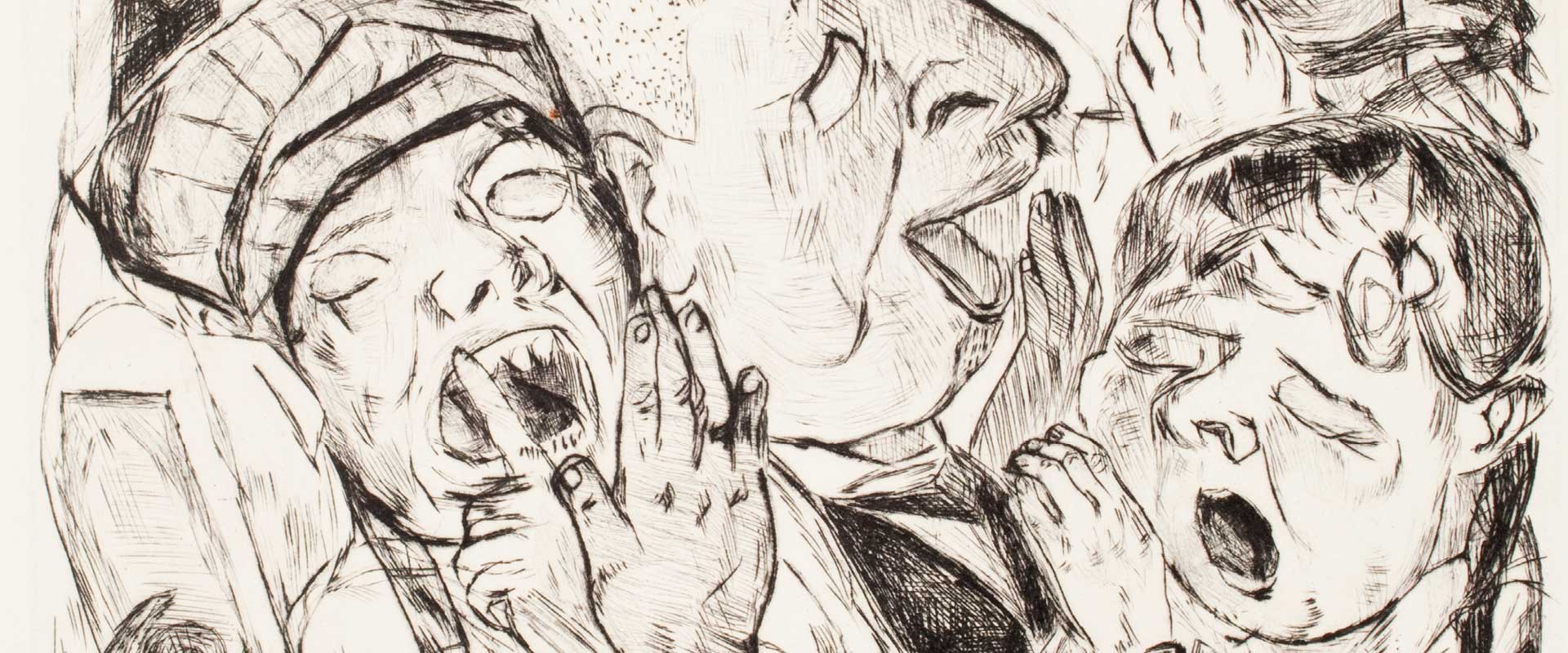
DEGENERATE! Hitler’s War on Modern Art
February 23 - August 20, 2023
Under the control of the Nazi regime, works of art across Europe were confiscated in the thousands. Some were destroyed; some were sold to help build their war machine; others were used as propaganda, promoting the idea that certain perspectives and people were ‘degenerate’ and ‘unworthy of life’. This exhibit tells their story. Through pieces from private and public collections, this exhibit explores artists, movements, events and outcomes of being branded ‘Degenerate,’ and the role it played in public indoctrination to Nazi ideology.
LEARN MORE
Jews In Space: Members Of The Tribe In Orbit
October 28, 2022 - February 5, 2023
From their earliest use of lunar cycles as a calendrical guide to the activities of astronomers and scientists today, the Jewish people have held a consistent interest in extraterrestrial matters. As Jewish innovators continue to make pioneering contributions to space exploration to benefit all mankind, that outer expanse has influenced Jewish art, literature, and comedy.
LEARN MORE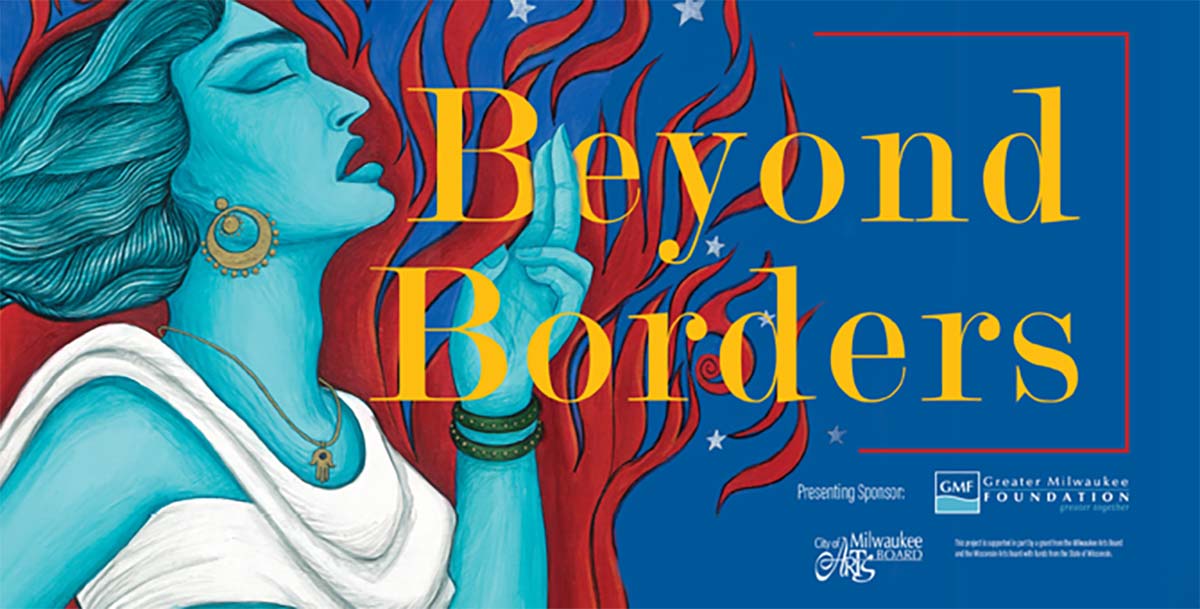
Beyond Borders: The Art of Siona Benjamin
June 17 - September 25, 2022
The identity of Indian-American-Jewish artist Siona Benjamin is layered and multifaceted, just like her artwork. Raised as a Jew and member of the Bene Israel community in a largely Hindu and Muslim Mumbai, she attended Catholic and Zoroastrian schools before moving to the US. Benjamin’s transcultural view has been shaped by diverse, complex experiences and is inspired by history and mythology, as illustrated by the captivating characters and symbolism which populate her pieces.
LEARN MORE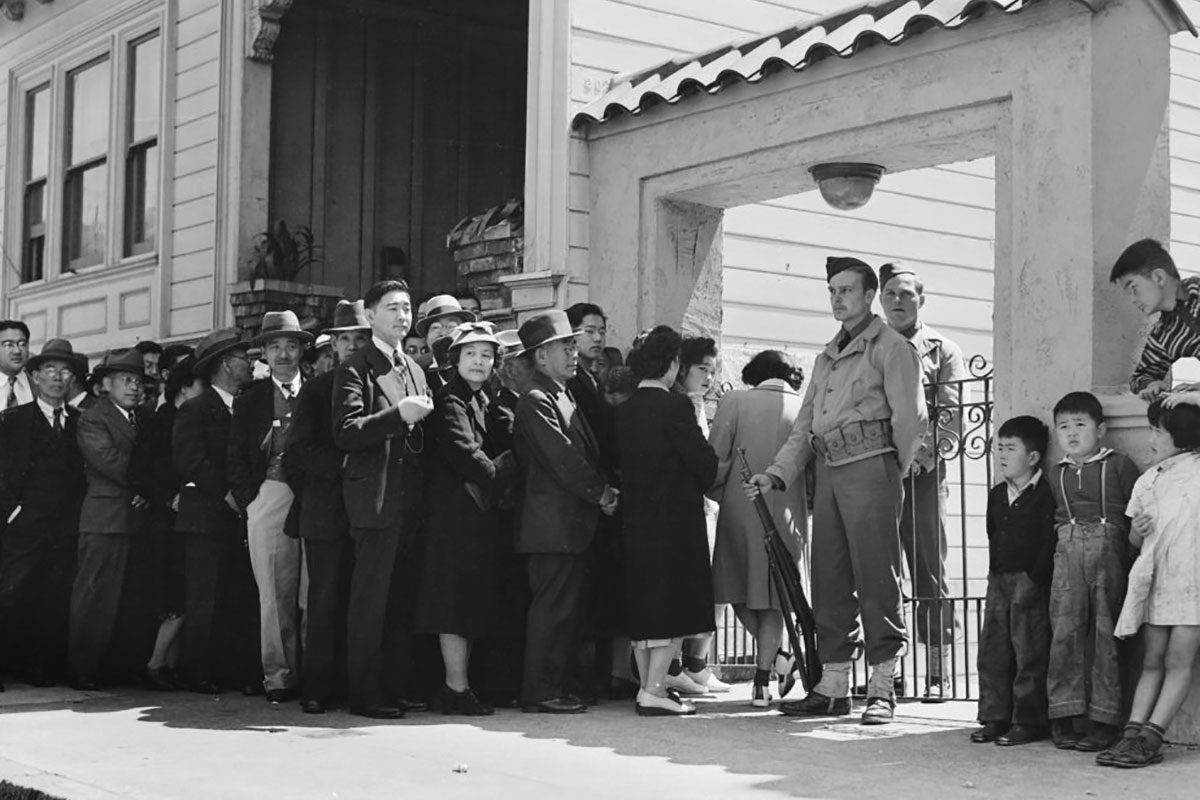
Then They Came for Me: Incarceration of Japanese Americans During WWII and the Demise of Civil Liberties
FEBRUARY 18 – MAY 29, 2022
Then They Came for Me: Incarceration of Japanese Americans during WWII and the Demise of Civil Liberties examines the terrifying period in U.S. history when the government scapegoated and imprisoned thousands of people of Japanese ancestry. It tells the story of the forced removal of 120,000 Japanese American citizens and legal residents from their homes during World War II without due process or other constitutional protections to which they were entitled. This multimedia exhibition illustrates the impact this fear-based rebuke has on those who experience it firsthand and the lasting repercussions on the generations that followed.
LEARN MORE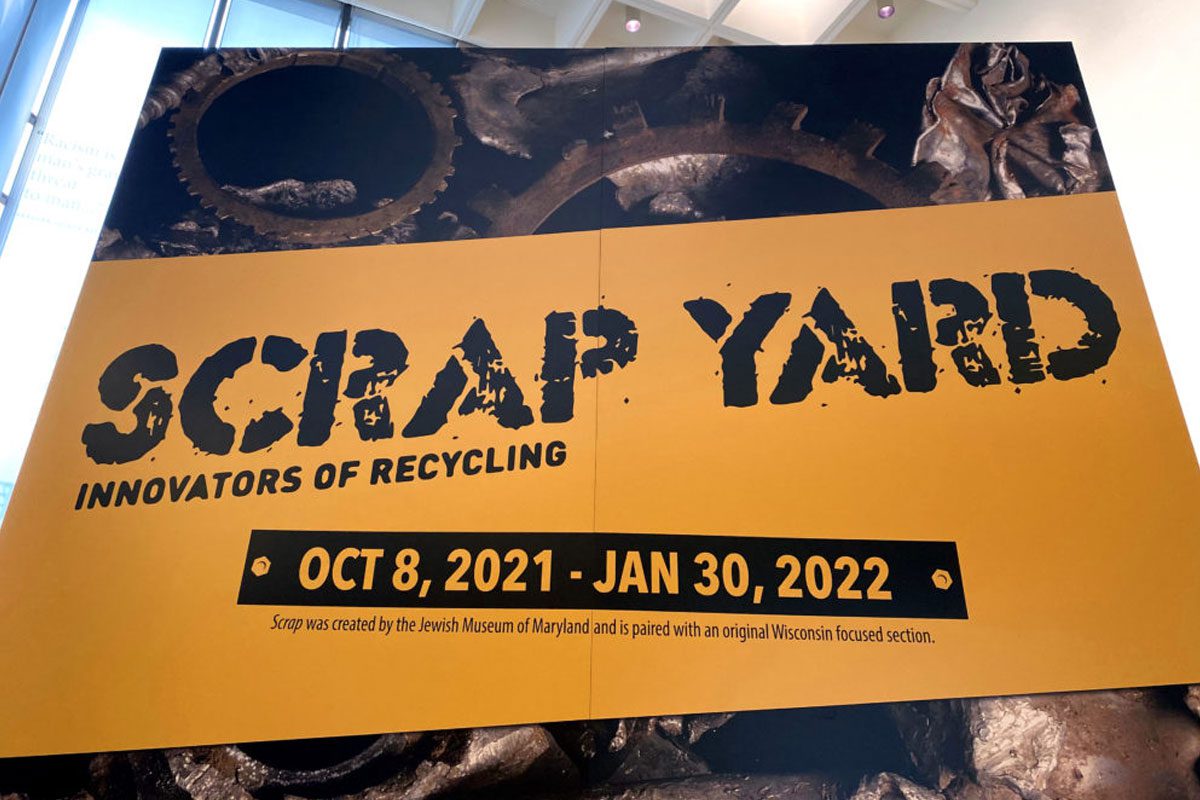
Scrap Yard: Innovators of Recycling
OCTOBER 8 – JANUARY 30, 2022
For over 200 years, discarded metals, rags, paper, and animal hides have provided economic opportunities for immigrants and native-born Americans who collected, stored, brokered, and sold them – scrappers. The work was grueling, scrappers were stigmatized, and the industry was criticized as a source of social and environmental ills. Still, generations of individuals and families gravitated toward the work—including many Jewish scrappers, who made up seventy to ninety percent of the industry for at least half of the 20th century.
LEARN MORE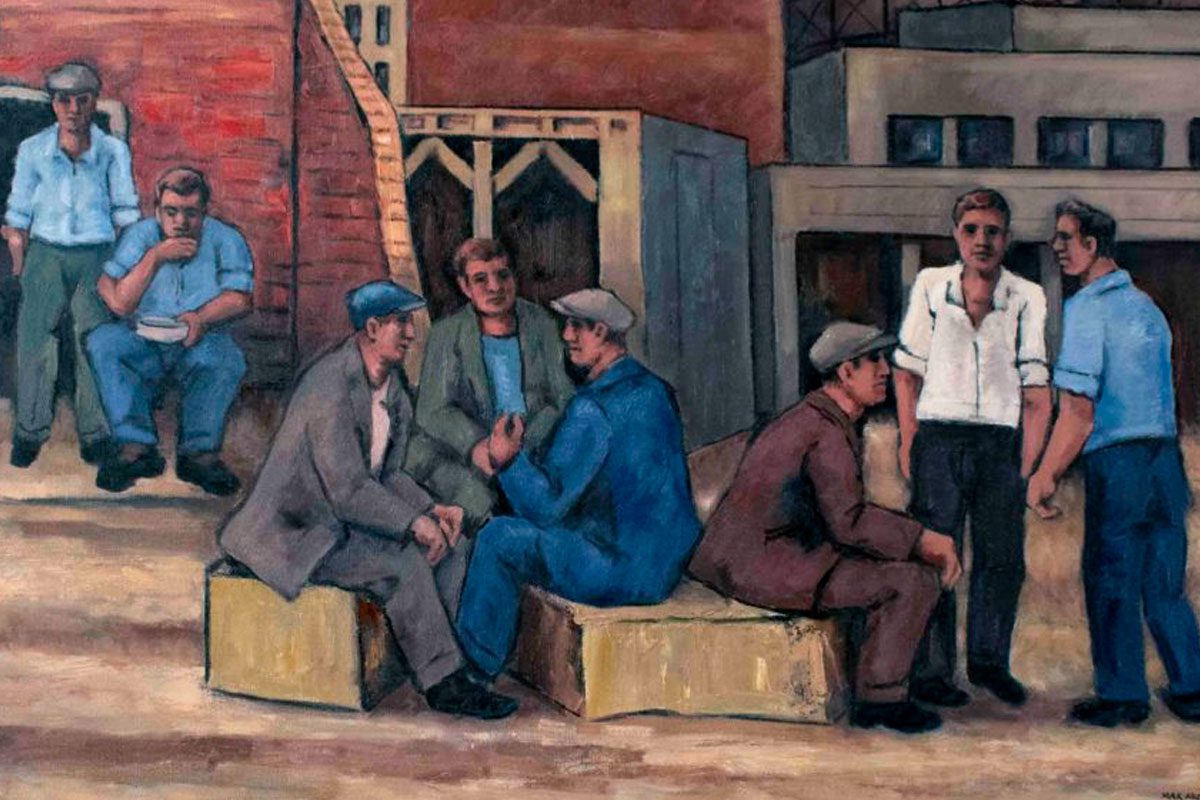
Brother, Can You Spare A Dime: Jewish Artists of the WPA
JUNE 17 – SEPTEMBER 5, 2021
The everyday worker, like the artist, is critical to national infrastructure. This comparison and connection is visually evident in one of the most devastating periods of US history – the Great Depression. The convergence of these notions and the artwork it generated by artists of diverse backgrounds, many of them Jewish, were part of the foundation for the establishment of the Works Progress Administration’s (WPA) visual arts arm, the Federal Art Project from 1935-1943.
LEARN MORE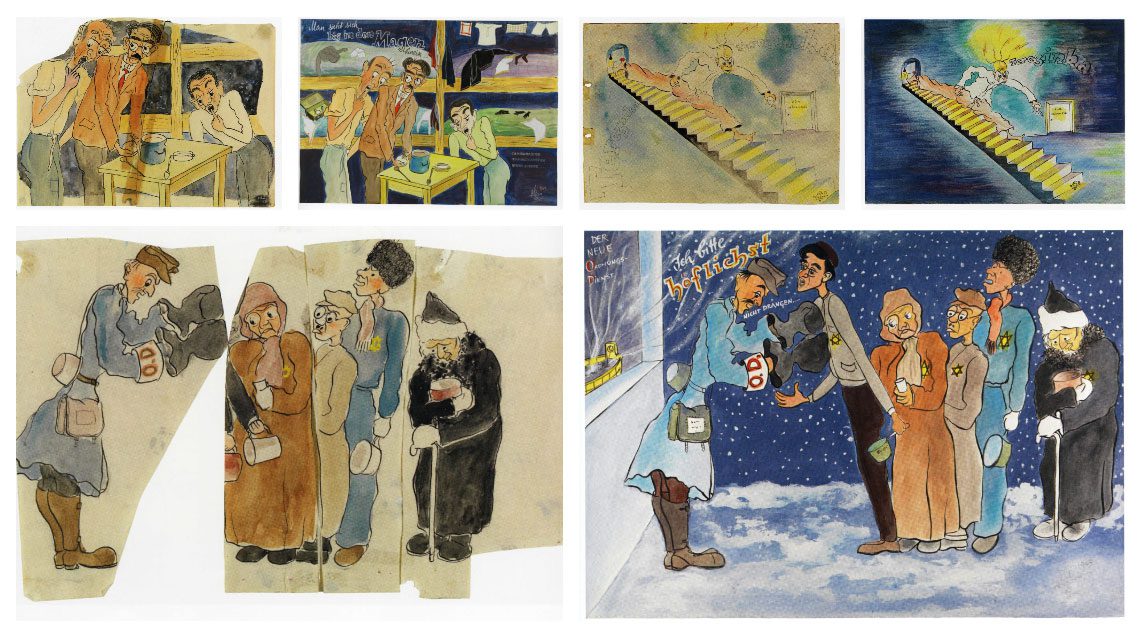
To Paint is to Live: The Artwork of Erich Lichtblau-Leskly
February 19 – May 30, 2021
The exhibition highlights the life and works of Erich Lichtblau-Leskly, a Czech Jewish painter from Moravia whose peaceful life with his wife Elsa and promising career as a commercial designer were shattered following the Nazi partition and subsequent invasion of Czechoslovakia. Following the invasion, they moved to Prague and were eventually deported to Theresienstadt.
LEARN MORE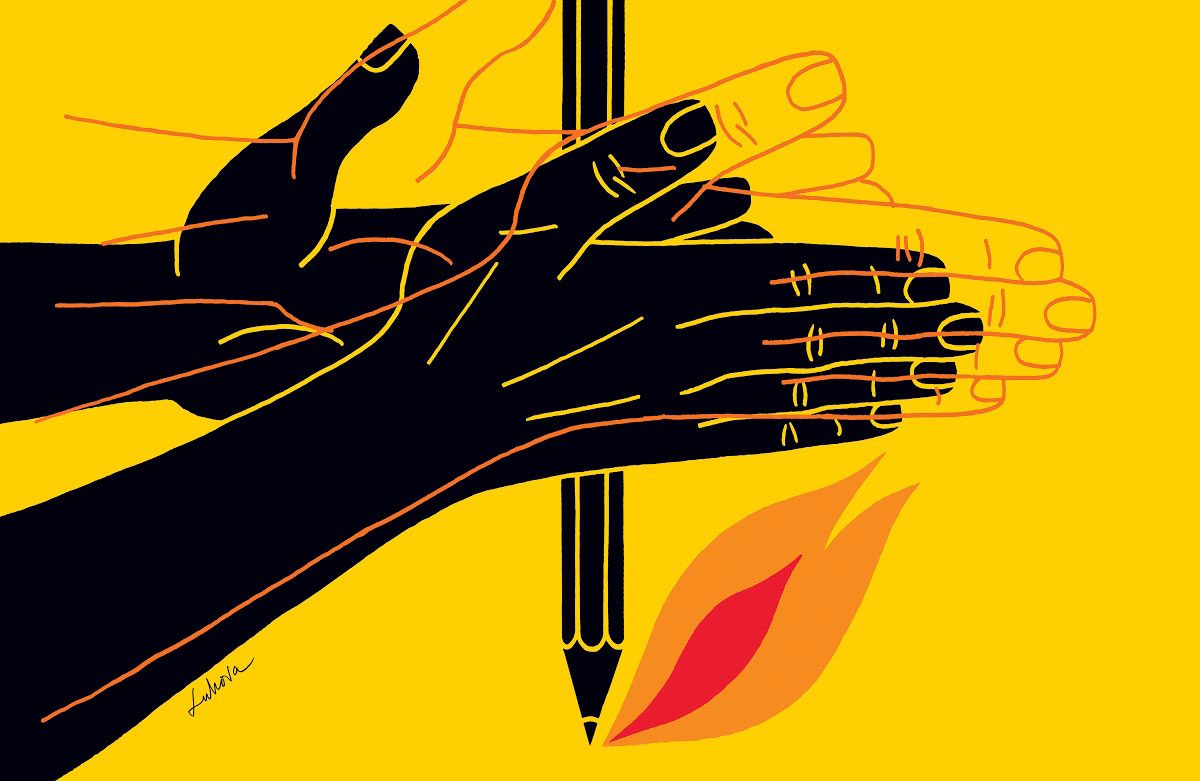
Luba Lukova: Designing Justice
September 17, 2020 – January 31, 2021
Internationally recognized designer and artist Luba Lukova creates images that she hopes will catalyze action and change the world. Through 34 posters, tackling a range of social justice topics, including income inequality, immigration, gender inequality, the environment, and more, Lukova’s work resonates on a global level. Along with these vivid, captivating works, visitors will encounter multimedia and interactive components, inviting them to become participants in creating their own experiential journeys. Whether pinpointing essential themes of humanity or succinctly visualizing social commentary, Lukova’s work is undeniably powerful and thought-provoking.
LEARN MORE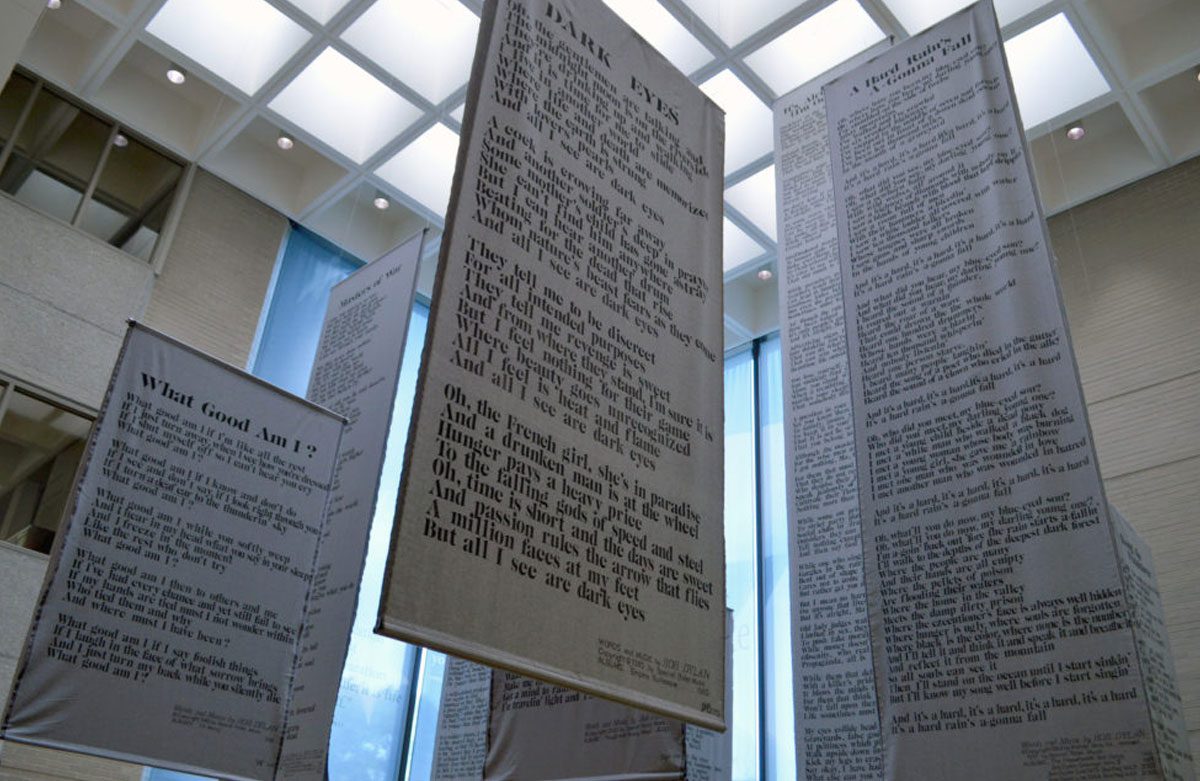
Shakespeare’s in the Alley: A Tribute to Bob Dylan
September 17, 2020 – January 31, 2021
Explore the theme of social justice through the lyrics of Jewish-American singer-songwriter and Nobel Prize in Literature recipient, Bob Dylan.
LEARN MORE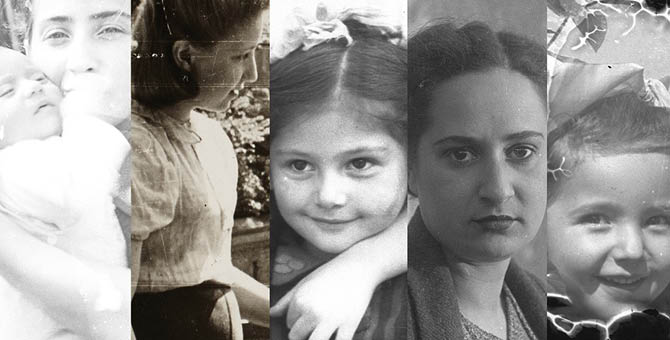
The Girl in the Diary: Searching for Rywka from the Łódź Ghetto
January 24 – August 30, 2020
In 1945 a Soviet doctor found a school notebook in the liberated Auschwitz-Birkenau Camp. It was a diary written by the teenager Rywka Lipszyc in the Łódź Ghetto between October 1943 and April 1944 — the testament of a Jewish girl who lost her siblings and parents, but never lost hope despite moments of doubt. More than 60 years after its discovery, the diary traveled to the United States to the Holocaust Center of Northern California where Dr. Anita Friedman began the task of trying to locate answers about the notebook and its writer. An international research team was established – all them looking for answers and for Rywka Lipszyc.
LEARN MORE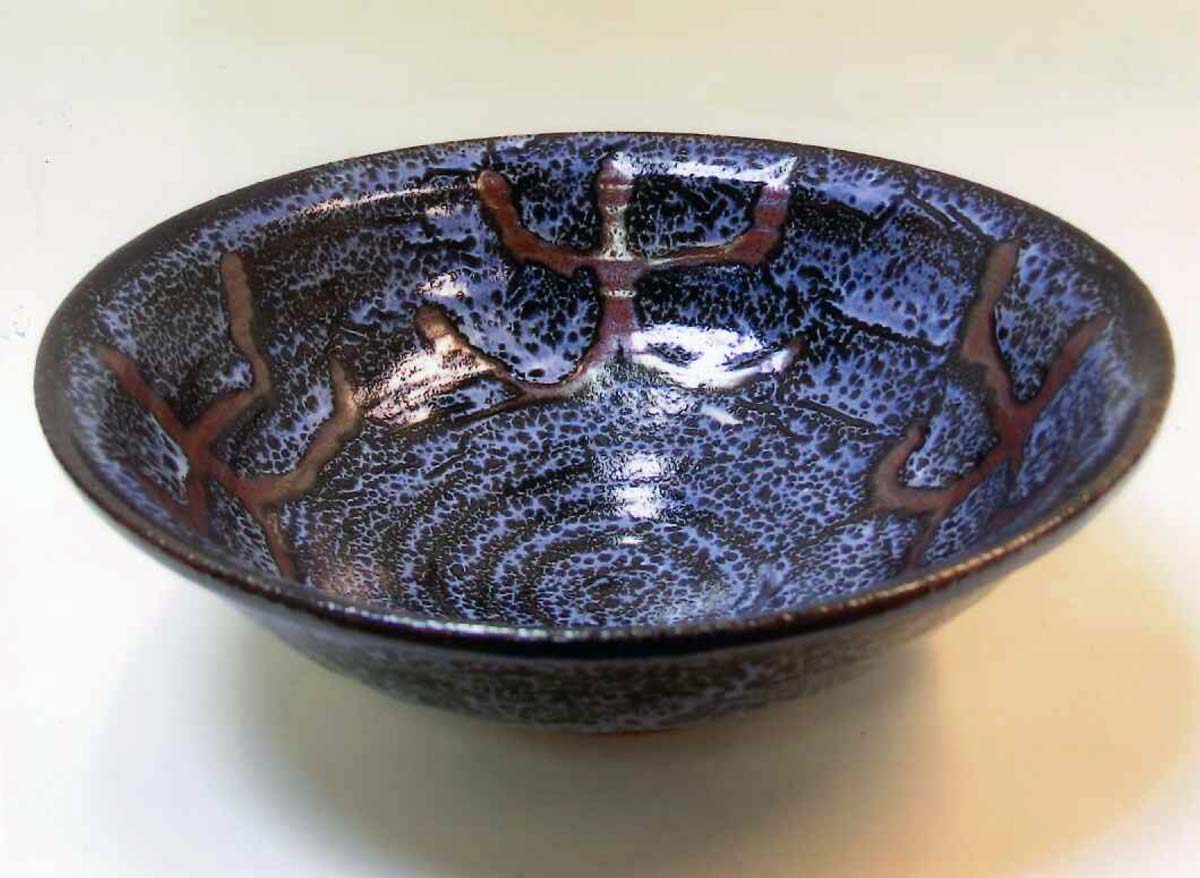
Fired Up: The Pottery of Abe Cohn
Paying tribute to a man who taught, encouraged and flamed the creative spark of countless individuals was what blues musician and clay enthusiast Steve Cohen had in mind when he shared his idea for an online exhibit about renowned Wisconsin potter, Abe Cohn. With Steve’s collection of Abe Cohn’s work and recollections of the iconic pottery mentor as a jumping-off point, other of Abe’s friends and family members shared their memories and photographs of his work.
LEARN MORE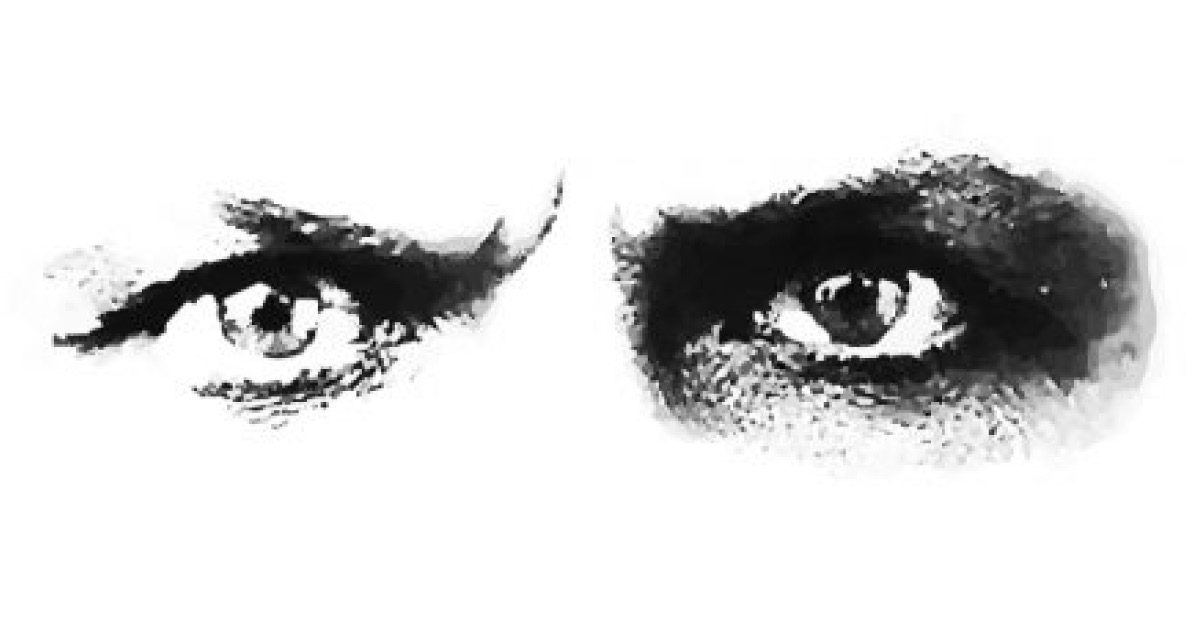
Inescapable: The Life and Legacy of Harry Houdini
SEPTEMBER 26, 2019 – JANUARY 5, 2020
Harry Houdini wasn’t born. He was invented. The world’s most famous magician began life as Erik Weisz, the son of a Hungarian rabbi. In 1878 immigration to the U.S. transformed Erik Weisz into Ehrich Weiss. It was the first of many transformations for the man who would become the first international superstar. Inescapable tells the story of how Ehrich Weiss became Harry Houdini and investigates the technologies, marketing prowess and entertainment trends that transformed him into a superstar.
LEARN MORE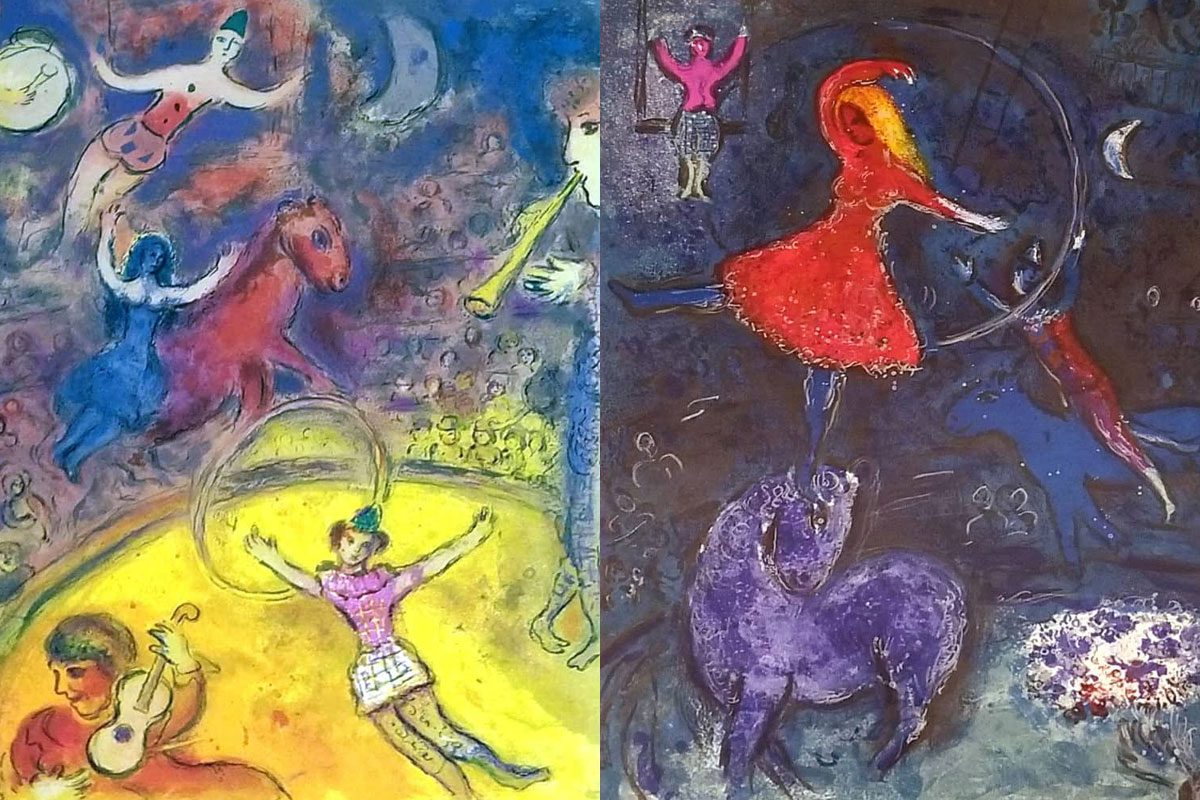
Chagall’s Le Cirque
JUNE 14 – SEPTEMBER 8, 2019
For Marc Chagall, the circus stage was the ideal setting for the dreamlike, extraordinary acts ever-present in his art. In Le Cirque, he summoned the spectacle of the circus experience in all its colorful variety — clowns, acrobats and women riding bareback, stands brimming with onlookers — as a vivid metaphor for the sometimes precarious artist-lifestyle he had decided to lead. With time, the circus came to lie at the very heart of his personal mythology and became symbolic of the human condition.
LEARN MORE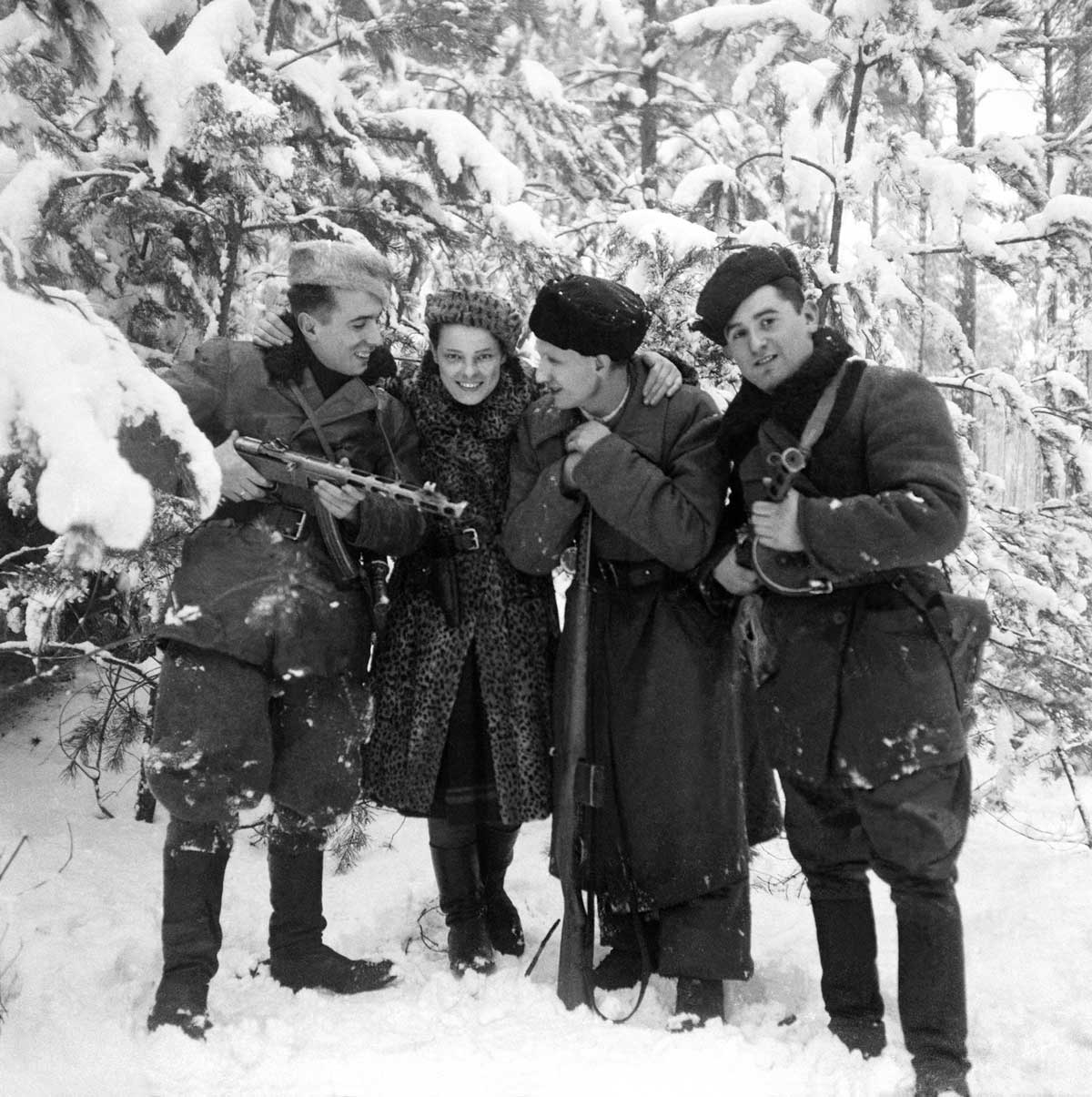
Pictures of Resistance: The Wartime Photographs of Jewish Partisan Faye Schulman
March 29 – May 26, 2019
Jewish and non-Jewish partisans organized during WWII to attack, harass, and steal supplies from their Nazi enemies. Their lives depended on their ability to remain unseen, undocumented and unidentifiable. But one fighter, Faye Schulman, had a camera. The only known Jewish partisan to capture the World War II experience on film, Schulman’s rare collection of images captures the camaraderie, horror and loss, bravery and triumph of the rag-tag, tough partisans – some Jewish, some not – who fought the Nazis and their collaborators.
LEARN MORE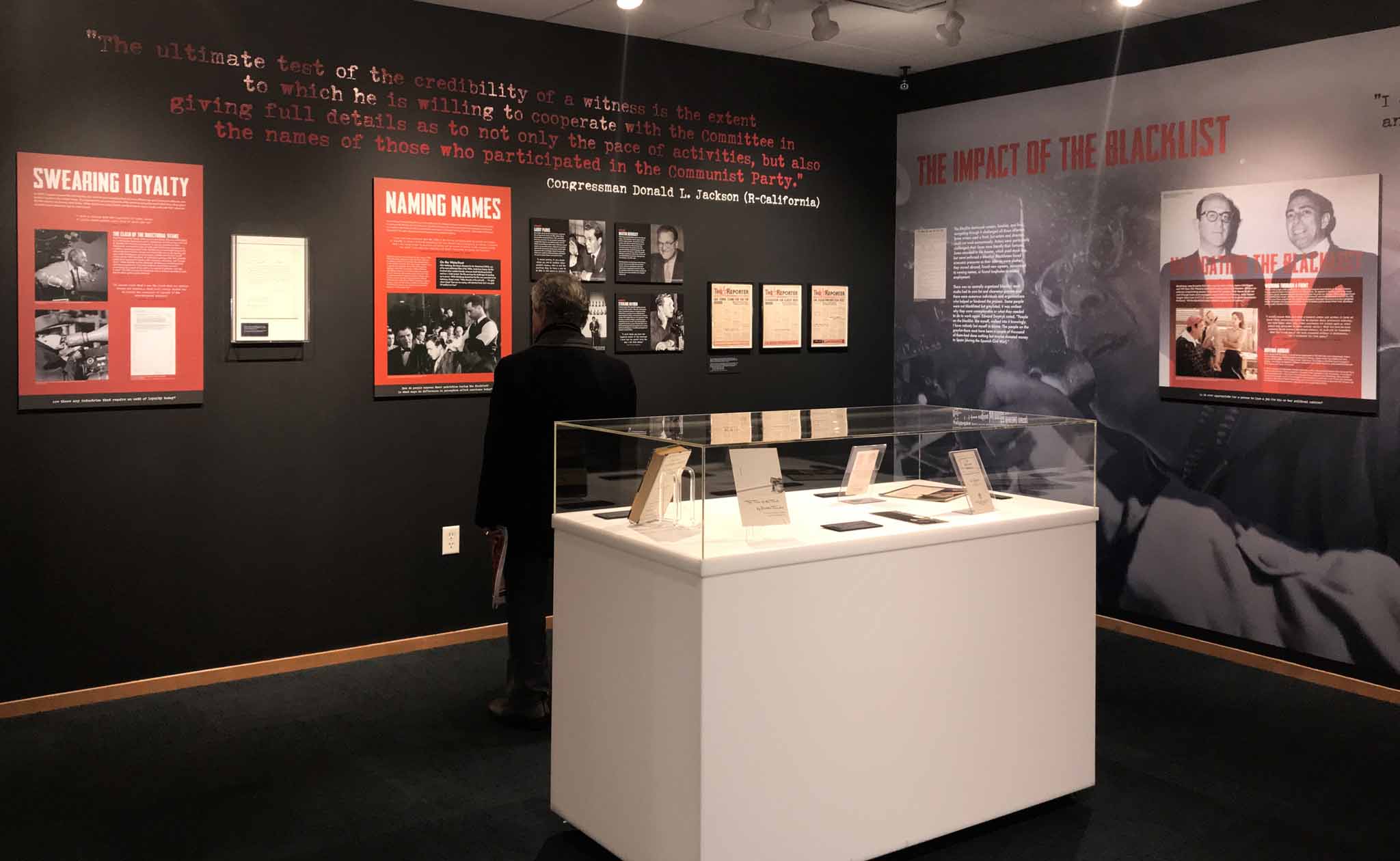
Blacklist: The Hollywood Red Scare
October 12, 2018 – February 10, 2019
Blacklist: Hollywood’s Red Scare sparks reflection, conversation and engagement regarding civil liberties and patriotism in the 21st Century using the counterpoint of a time in which art, artistic expression and speech were no longer protected.
LEARN MORE
